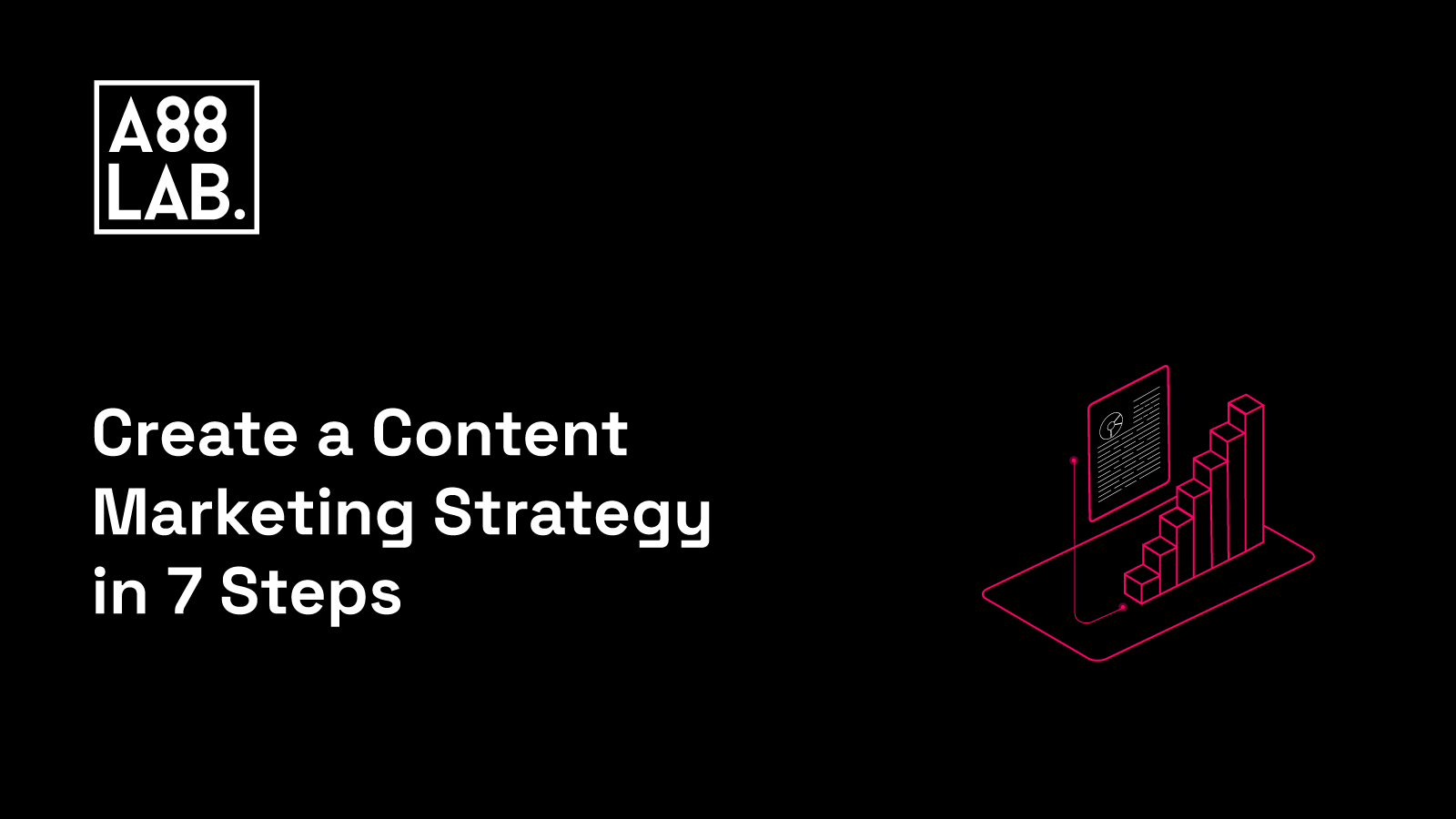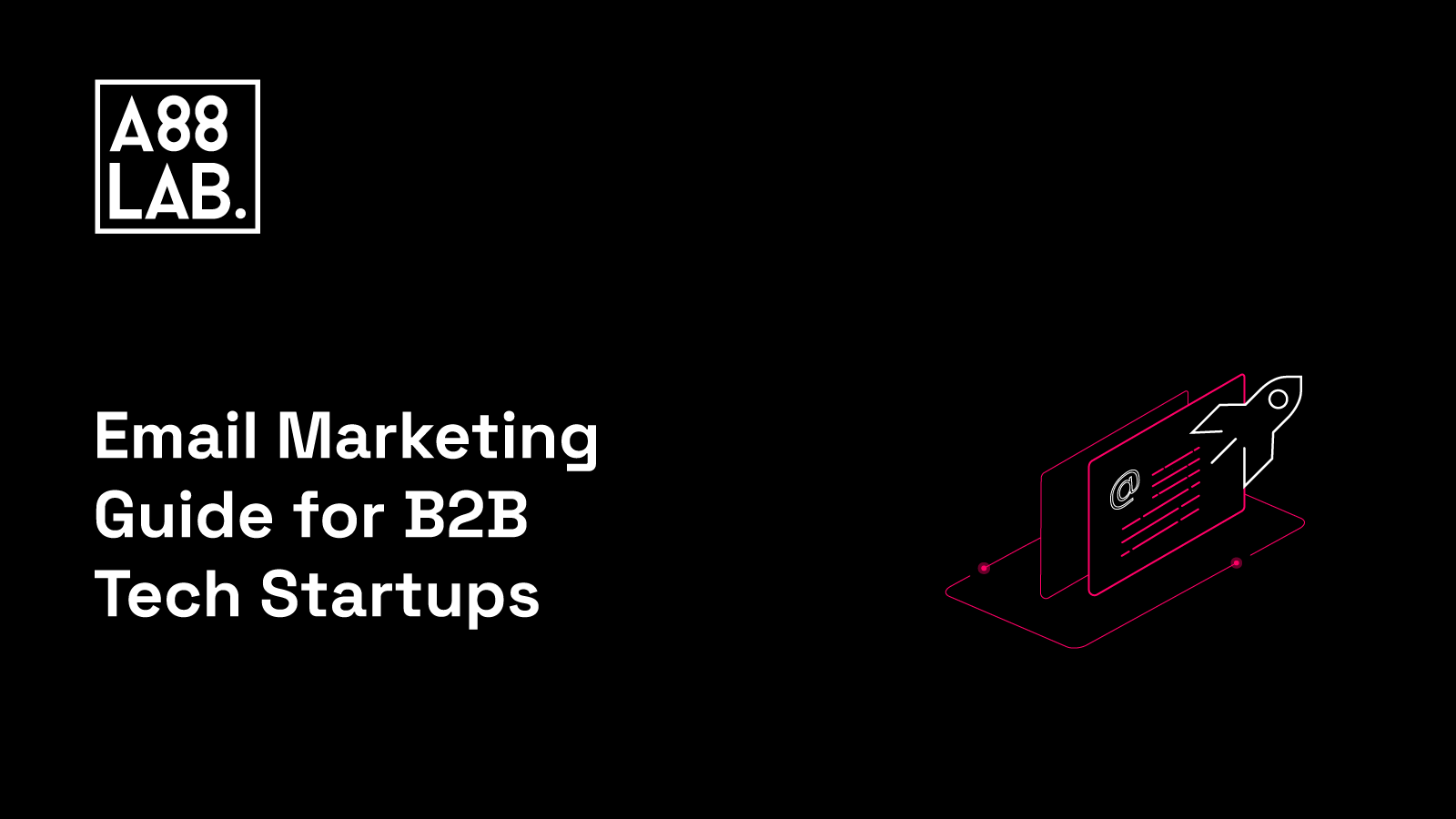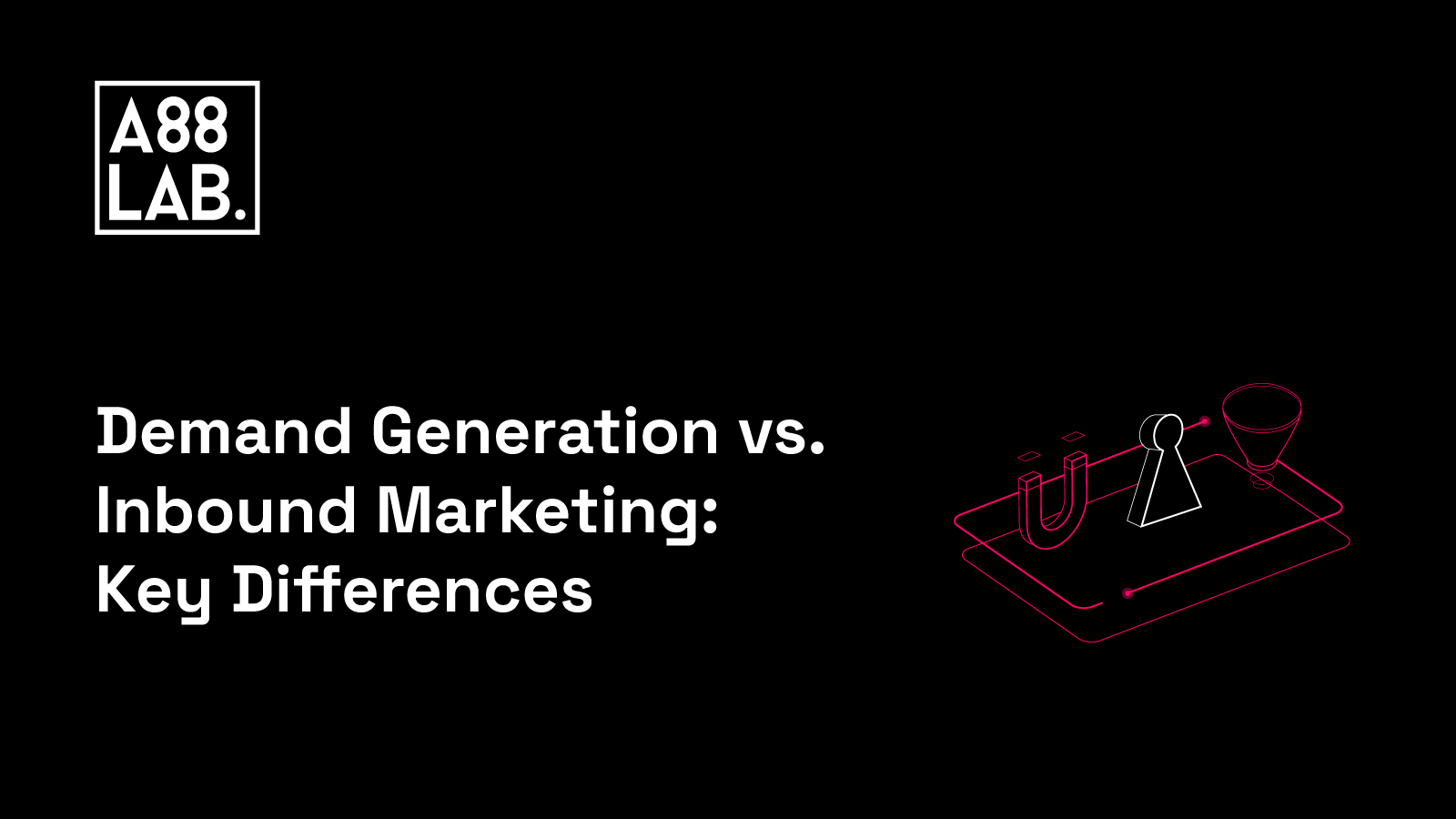If you’re reading this blog, you’re probably thinking about creating your own content marketing strategy or revamping your existing one with some new and exciting content that will capture your audience's attention.
Trust me, we have all been there staring at an empty page, google doc, or a spreadsheet, and thinking to ourselves, “What is the best way to do this” or “What kind of content should me and my team produce to engage with our audience” that leave you confused.
In this blog post, we’ll cover the steps you need to take and also what the best practices are. These steps will aid you in filling up that empty page with some pretty good ideas by figuring out some things like what are their needs & wants and setting clear and precise goals.
First, let’s get some things out of the way: What is content marketing?
“Content marketing is the process of planning, creating, distributing, sharing, and publishing content via channels such as social media, blogs, websites, podcasts, apps, press releases, print publications, and more” - HubSpot.
To say it plainly, every piece of content you produce and distribute on the internet that you use to engage, entertain and educate your audience is a part of your content marketing efforts.
The best example is this very blog because it’s our way of educating you, the reader.
Why Do You Need a Content Marketing Strategy?
The simple answer to this question is that by having a Content Marketing Strategy, you will have a detailed plan you can follow.
In a recent study done by Semrush, 78% of 1500 surveyed marketers who felt their content marketing strategy was exceptionally effective in 2021 had documented their strategy.
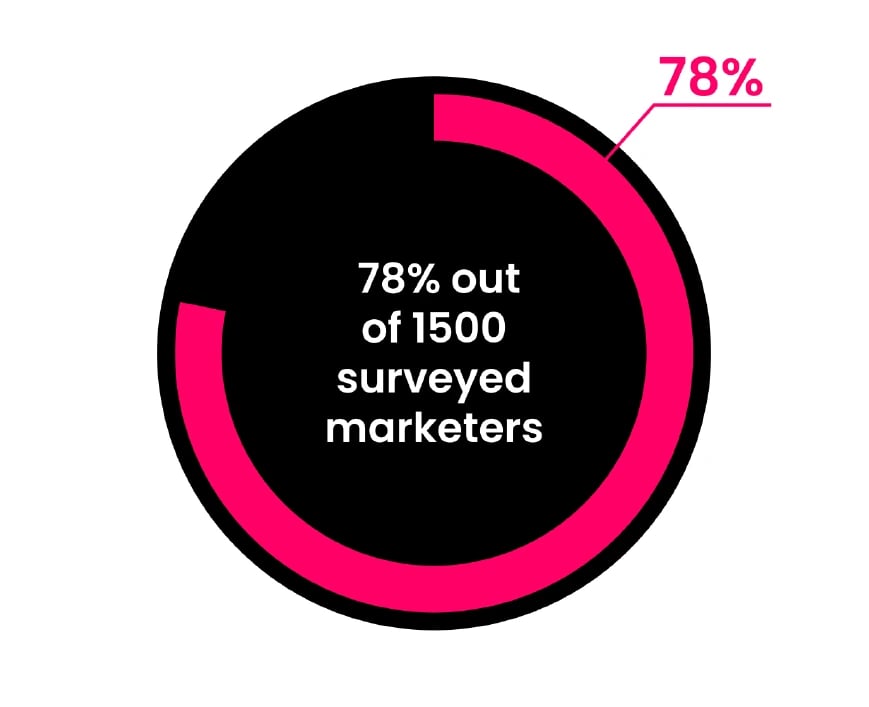
Now that we know what all these terms and techniques mean let’s see how you can implement and adapt them.
How to Create a Content Marketing Strategy for Your Business in 7 Easy Steps?
Step 1: Research and determine what is your target audience
Step 2: Think about your goals
Step 3: Audit and optimize your existing content
Step 4: Create a content calendar
Step 5: Repurpose your content to fit any channel
Step 6: Distribute your content
Step 7: Measure, analyze and optimize
Step 1: Research and Determine What Is Your Target Audience
There are approximately 8 billion people in the world right now. Clearly, you don’t have the time and resources to target them all.
The best way to reach your target audience is by building a buyer persona. This is a representation of your ideal customer, and when you're creating a buyer persona, think about:
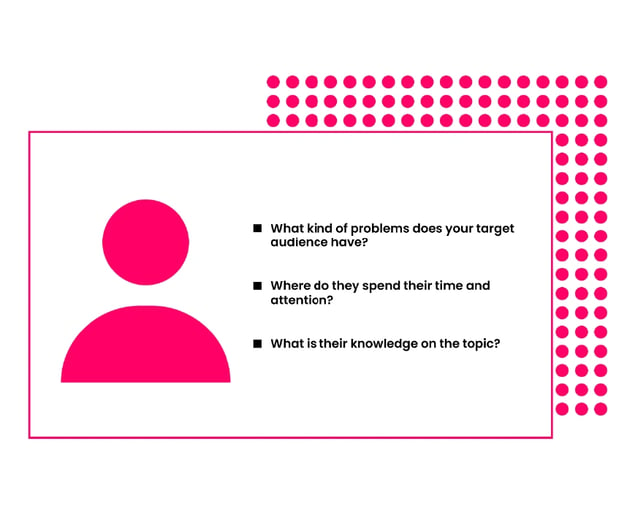 Knowing your target audience can create more relevant content and get more people to engage with your brand.
Knowing your target audience can create more relevant content and get more people to engage with your brand.
Step 2: Think About Your Goals.
After getting to know your target audience, setting goals is the most important thing you can do. Because if you don’t know where you’re going, how will you get there? Am I right?
To help with your goal settings process:
- Brainstorm with your team about the goal that you’re trying to reach.
- Think about what kind of content can help you do those goals.
- Set S.M.A.R.T goals.

Read our blog on Goal-Setting Techniques for Businesses to learn more about this.
Step 3: Audit and Optimize Your Existing Content.
Here you need to focus on what keywords and formats perform the best and which are not.
The simplest way to do this is to see if your existing content matches your current goals. Then find ways to optimize it for better results and align it with your current brand image.
Step 4: Create a Content Calendar
The content calendar is nothing more than a document. In it, you can organize all the content ideas. It can be a pdf, presentation, spreadsheet, miro board, or an actual calendar.
In this document, you can put all your

Step 5: Repurpose Your Content to Fit Any Channel
Find out which channels are the most relevant to your business and focus on them.
If you’re in the B2B SaaS and Tech space, we would recommend focusing on Linked In and creating educational blogs.
Step 6: Distribute Your Content
For this step, you need to find where and when your audience spends most of their time and attention online.
There are 3 ways of distributing your content:
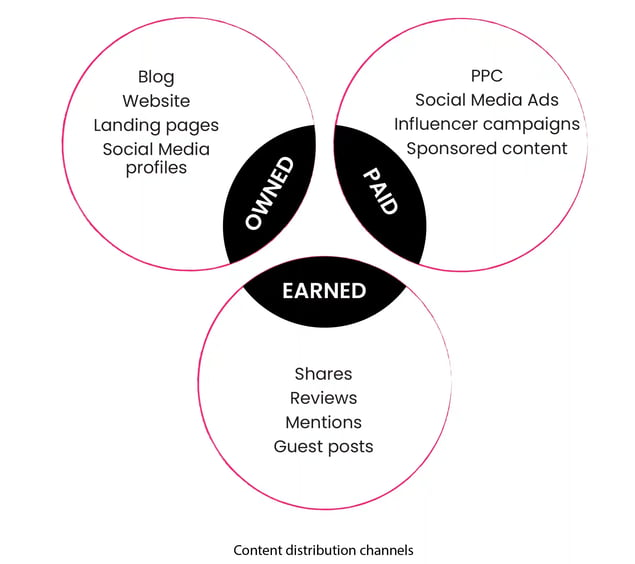
Step 7: Measure, Analyze and Optimize
Finally, it’s time to see if all that hard work paid off.
Measuring how your content performs and analyzing the data is the best way for you to see how your content connects with your audience.
You can do this by :
- Setting up Google Analytics on your website to see how your content is performing
- Setting specific goals and KPIs
- Use social analytics tools like Buzz Sumo, Mention, or Google Alerts to track how where your content is shared on social media.
- Monitoring your progress regularly and making the necessary adjustments
- Doing this regularly to keep up with your goals
Congratulations, you followed all of these steps, and now you’re ready to take your content marketing to the next level 🎉
Want to learn more about inbound marketing? Go to our blog and find some insightful tips to help your business grow!
.png)
